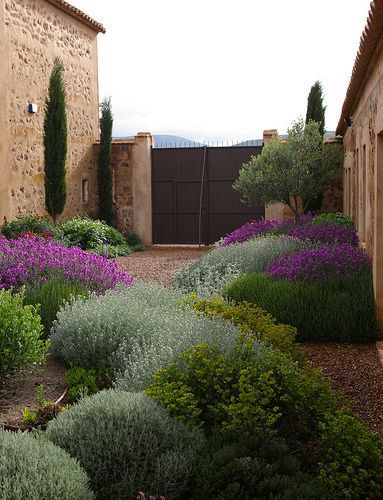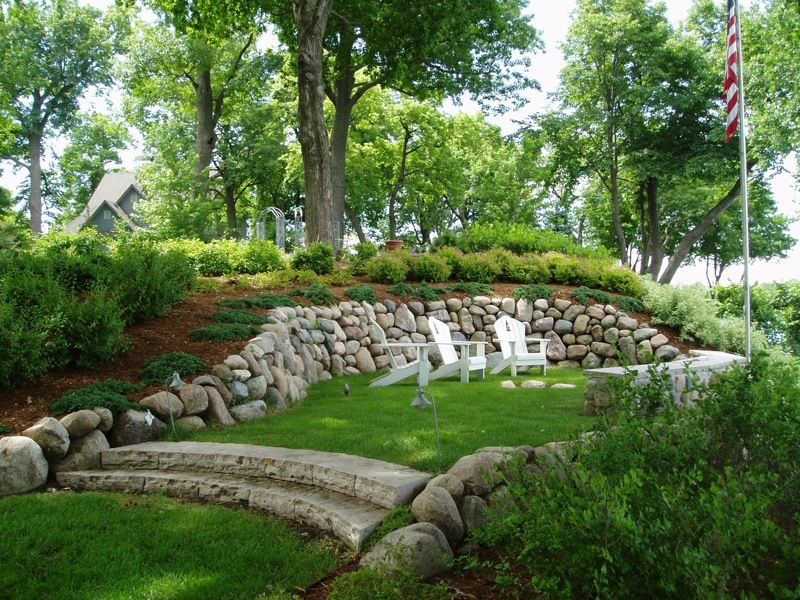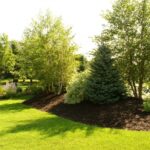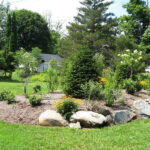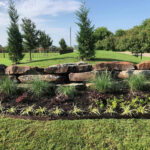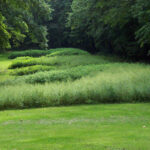Landscaping mounds can add depth and dimension to your outdoor space, creating visual interest and unique focal points. Mounds can be used to highlight certain plants or features in your garden, create a sense of movement and flow, or even provide additional privacy or screening. Whether you have a small backyard or a sprawling estate, incorporating mounds into your landscaping design can enhance the overall beauty and functionality of your outdoor space.
One of the key benefits of landscaping mounds is their ability to draw the eye to specific areas of your garden. By strategically placing mounds throughout your landscape, you can create a sense of hierarchy and balance, guiding visitors through the space and highlighting key elements such as a fountain, sculpture, or blooming flower bed. Mounds can also help define different zones within your garden, seamlessly transitioning from one area to the next and adding a sense of cohesion to the overall design.
In addition to their aesthetic appeal, landscaping mounds can also serve a practical purpose in your outdoor space. For example, mounds can help improve drainage in areas prone to waterlogging, prevent erosion on sloped terrain, or provide a natural barrier for sound or privacy. By carefully considering the placement and size of your mounds, you can create a functional and beautiful landscape that meets your specific needs and preferences.
When designing your landscaping mounds, it’s important to consider the scale and proportion of your outdoor space. Small mounds can be used to frame a pathway or accent a flower bed, while larger mounds can create a focal point or anchor a seating area. The shape and contours of your mounds should also complement the surrounding landscape and architectural features, enhancing the overall visual appeal of your garden.
In terms of materials, there are numerous options available for creating landscaping mounds, ranging from natural stone or boulders to mulch, gravel, or even plants themselves. Each material has its own unique advantages and considerations, so it’s important to choose one that aligns with your design aesthetic, budget, and maintenance preferences. Whatever materials you decide to use, be sure to consider the long-term maintenance and care of your mounds to ensure they remain a beautiful and functional addition to your outdoor space for years to come.
In conclusion, landscaping mounds can be a versatile and impactful element in your garden design, adding visual interest, practical benefits, and a touch of whimsy to your outdoor space. By carefully planning and executing the placement and design of your mounds, you can create a landscape that is both beautiful and functional, providing enjoyment and inspiration for years to come. Whether you’re looking to highlight a specific plant or feature, improve drainage, or simply add a unique element to your garden, landscaping mounds can be a valuable addition to your outdoor space.
